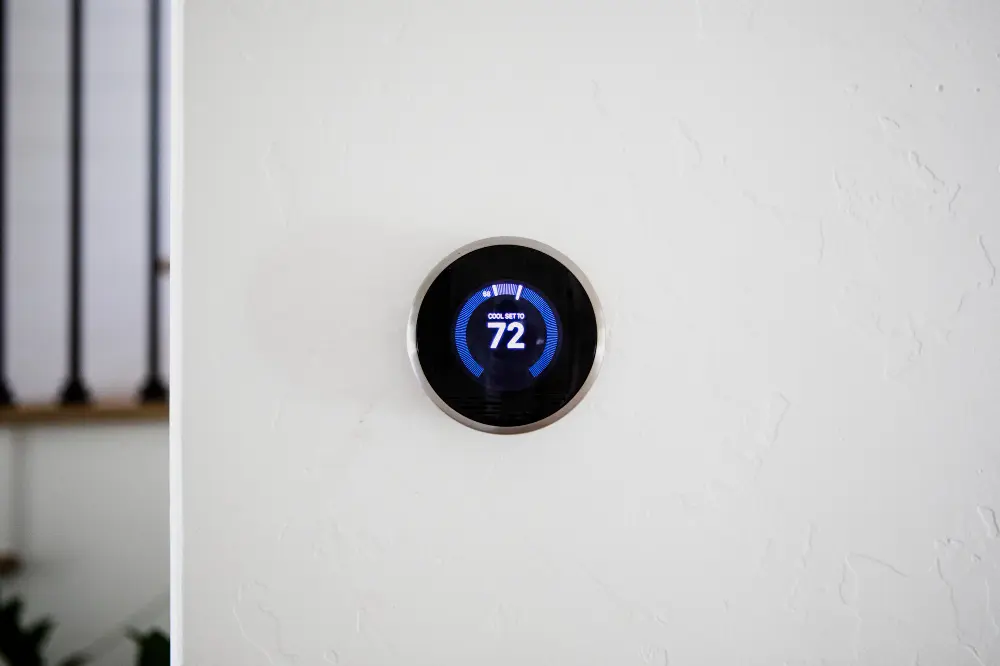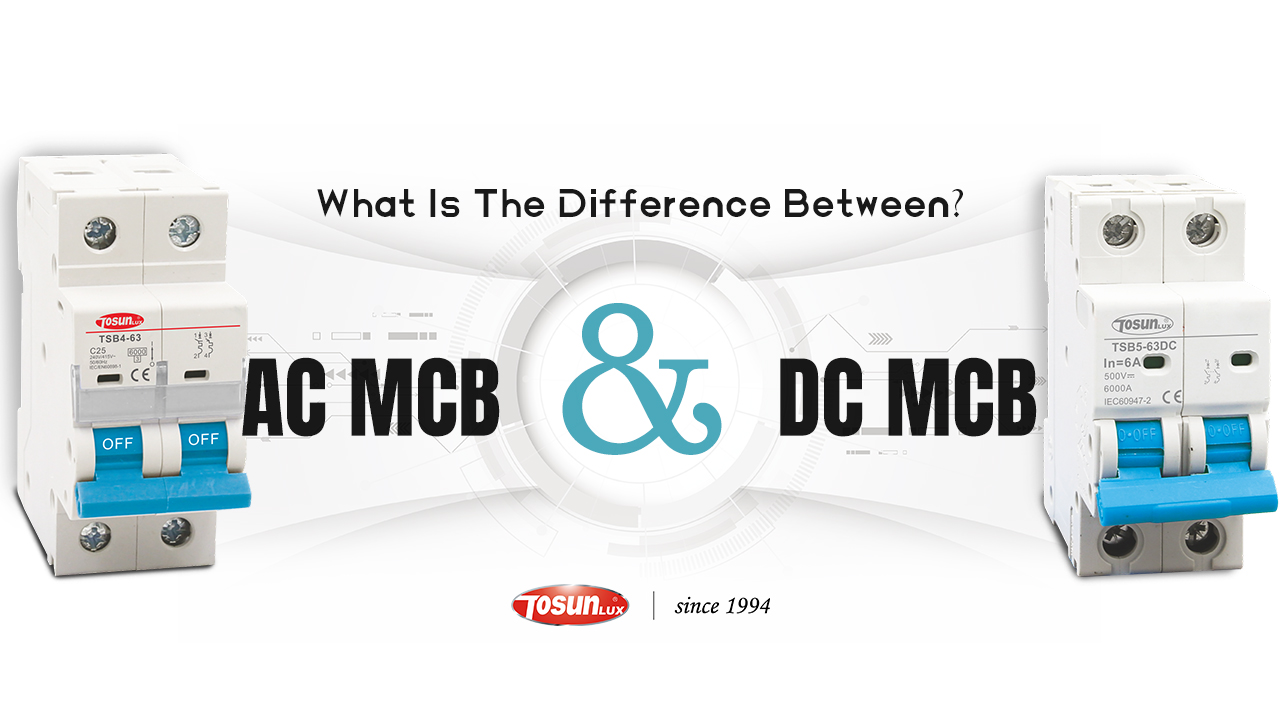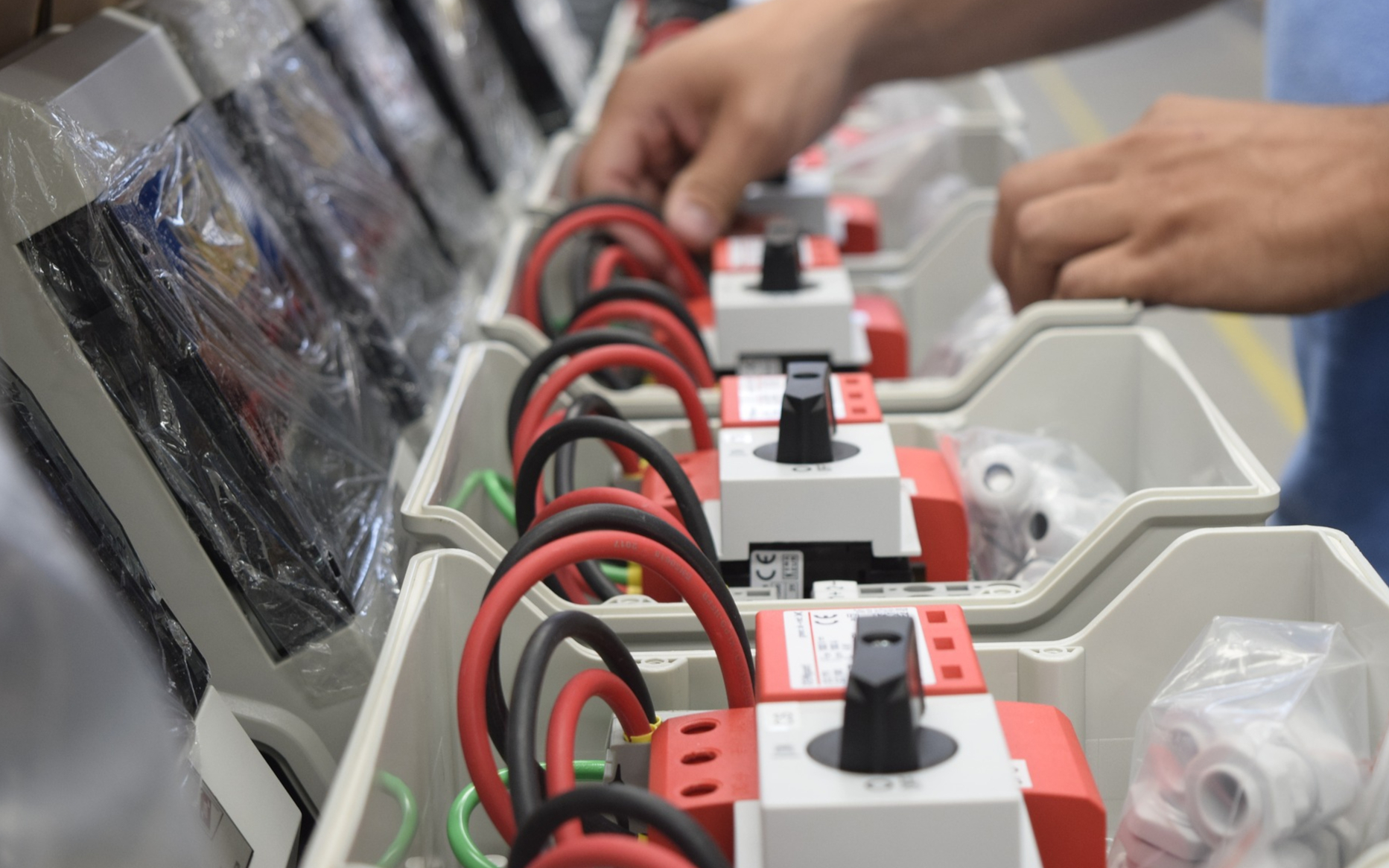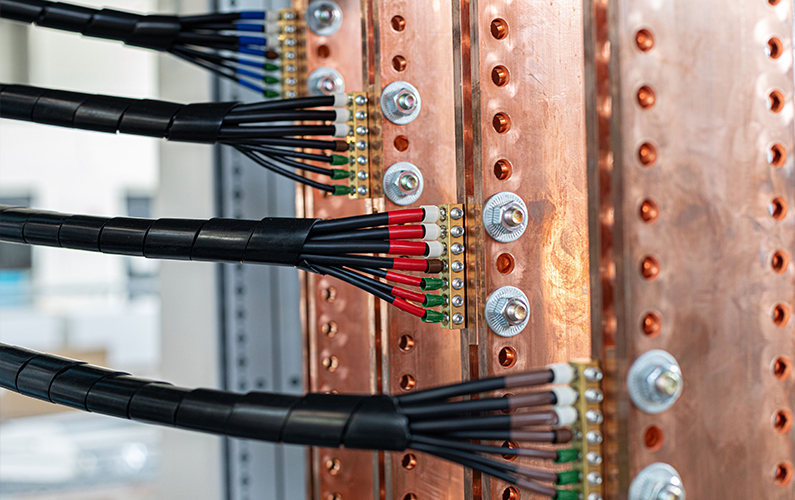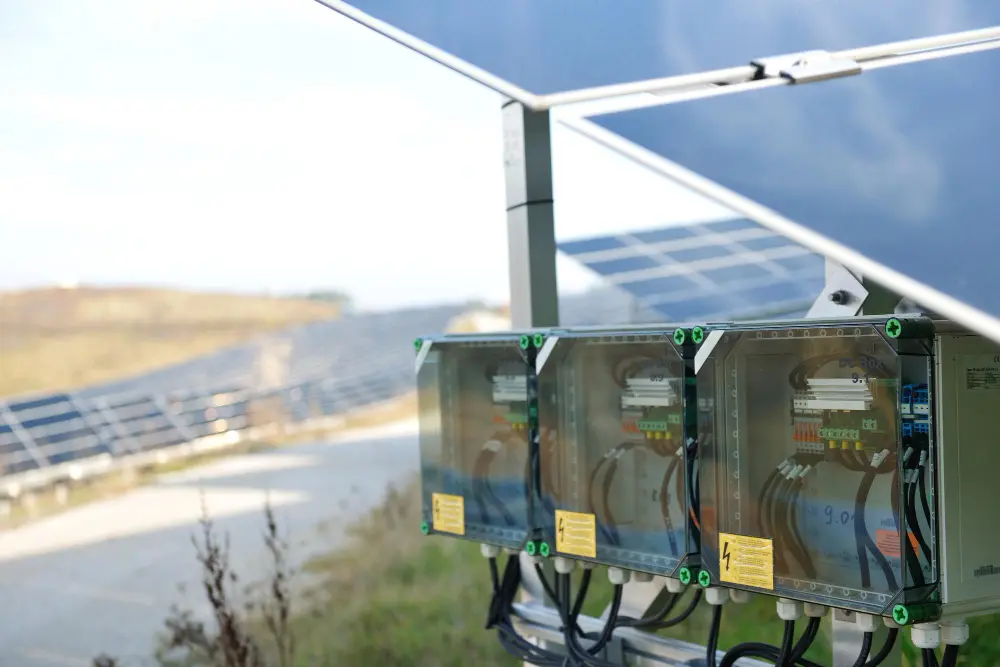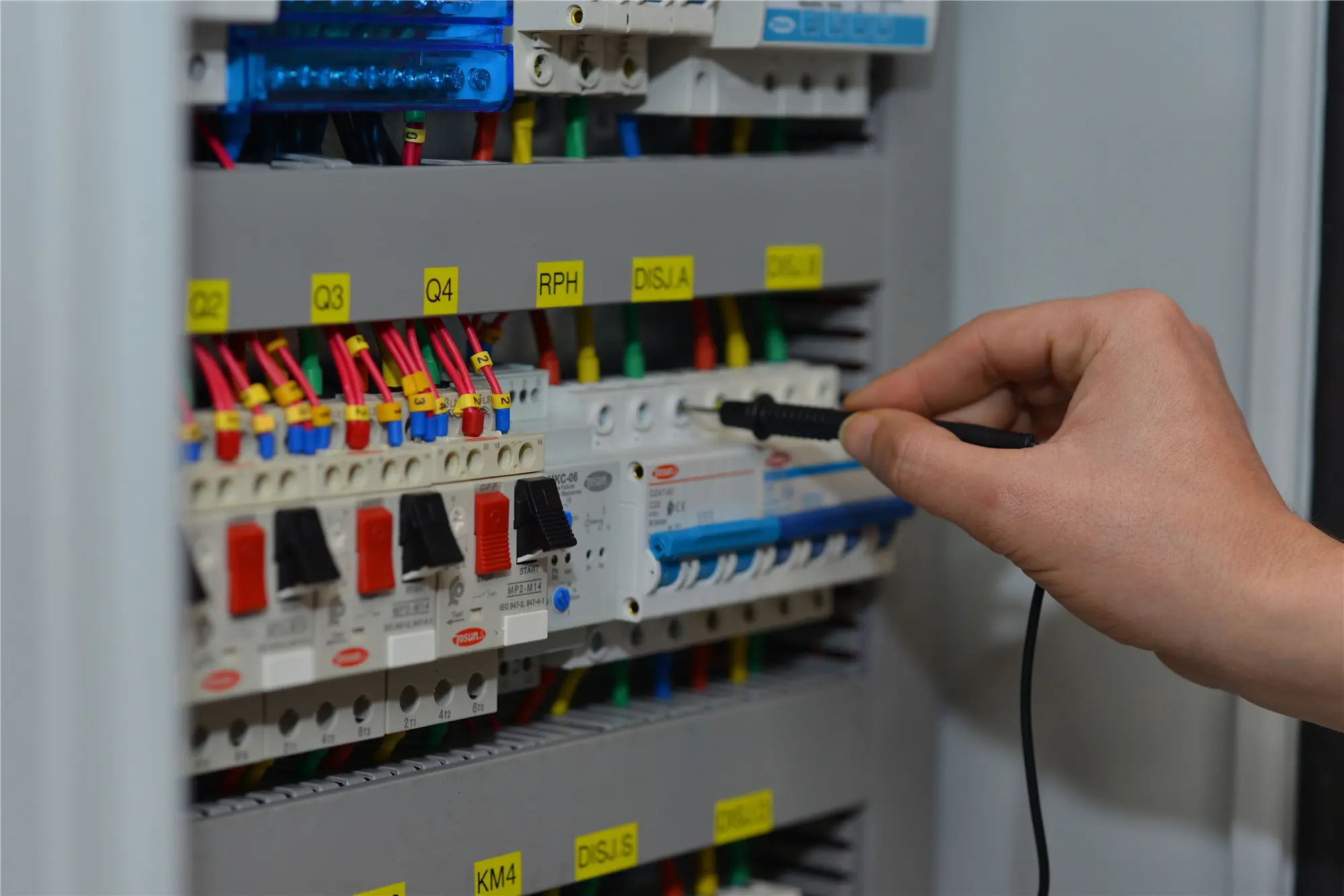How Do Thermostat Controllers Work?
11th Sep 2024
Thermostat controllers are essential devices that regulate temperature in various environments. They ensure that heating or cooling systems maintain the desired temperature. This article explains how thermostats work and what thermostats are used for, providing a clear understanding of their operation and importance. The Working Principle of Thermostat Controllers Thermostat controllers function by sensing the temperature in a specific area and adjusting the heating or cooling system accordingly. Here’s how the process works: Temperature Sensing Thermostats contain temperature-sensitive components, such as bimetallic strips or thermistors. These components detect changes in temperature and send signals to the thermostat control panel. Comparison to Setpoint Thermostats compare the current temperature to the desired setpoint, which is the temperature you want to maintain in the environment. If the temperature deviates from the setpoint, the thermostat takes corrective action. Activation of HVAC System Once the thermostat identifies that the temperature has strayed from the setpoint, it activates the heating or cooling system. This could involve turning on a furnace, air conditioner, or other HVAC equipment to adjust the temperature. Maintaining Temperature Thermostats continue to monitor the temperature and adjust the system until the setpoint is reached. Once the desired temperature is restored, the thermostat signals the system to stop, preventing overheating or overcooling. For example, Tosunlux’s SRT1150J thermostat offers accurate and reliable temperature control for various applications, ensuring consistent performance. Types of Thermostats and Their Functions What are the types of thermostats? The most common types of thermostats are mechanical, digital, and smart thermostats. Mechanical Thermostats These use physical components […]
Read More : +86-139 0587 7291
: +86-139 0587 7291 English
English Español
Español Русский
Русский Français
Français العربية
العربية Português do Brasil
Português do Brasil Українська
Українська Türkçe
Türkçe Polski
Polski Nederlands
Nederlands Italiano
Italiano Bahasa Indonesia
Bahasa Indonesia हिन्दी
हिन्दी اردو
اردو አማርኛ
አማርኛ Հայերեն
Հայերեն ไทย
ไทย Монгол
Монгол فارسی
فارسی Shqip
Shqip Ελληνικά
Ελληνικά


